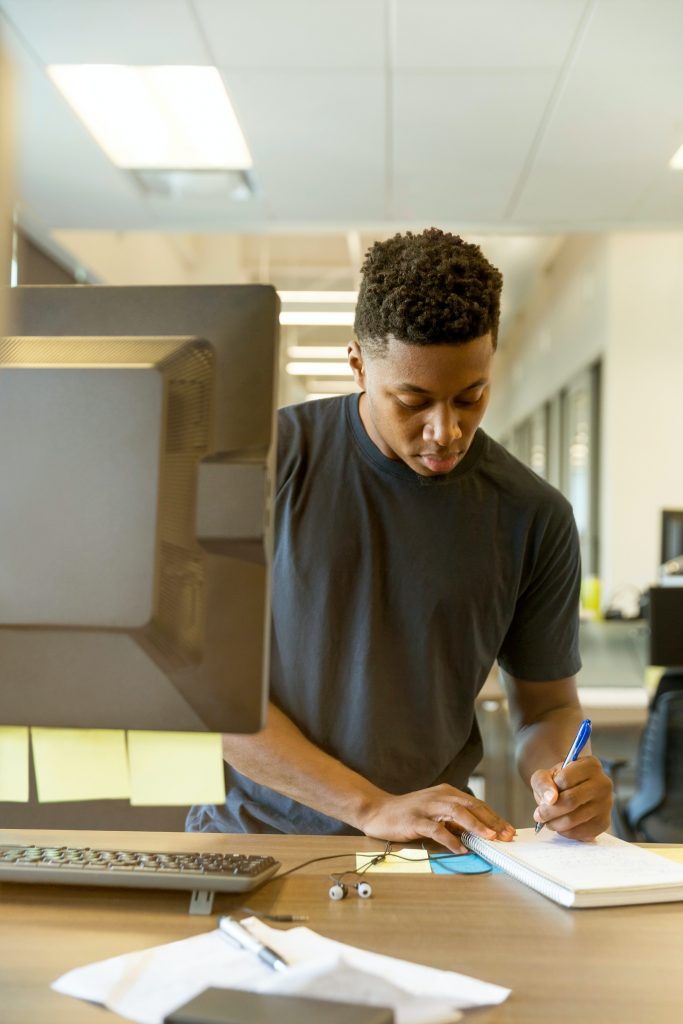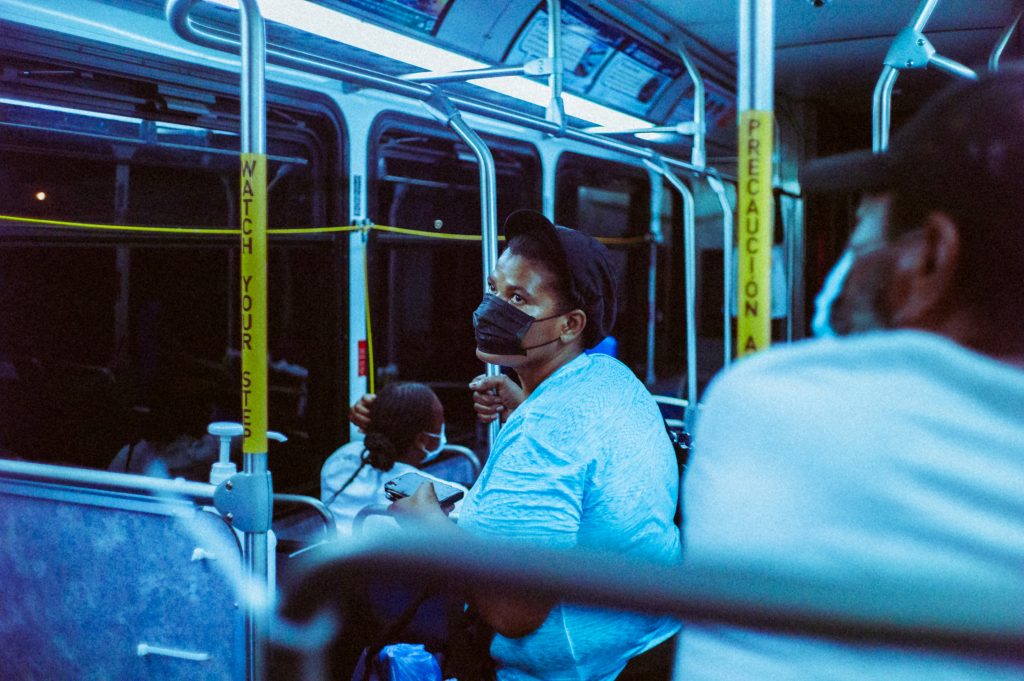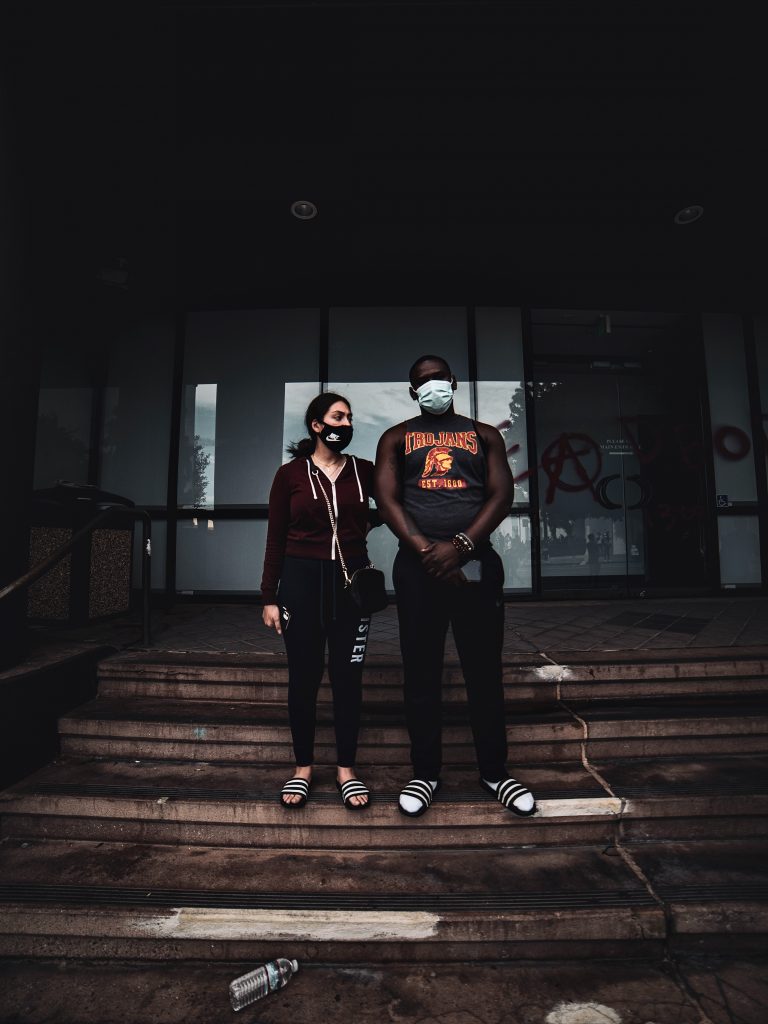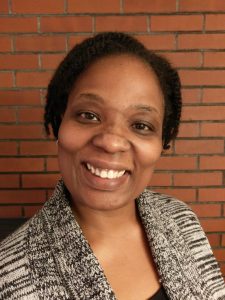 It’s no secret that COVID-19 has disproportionately impacted certain groups in the United States. In late July, the Center for Disease Control and Prevention (CDC) noted that “long-standing systemic health and social inequalities have put many people from racial and ethnic minority groups at increased risk of getting sick and dying from COVID-19,” and that several factors – specifically discrimination, poverty, housing, and lack of access to health care – can lead to higher rates of infection and death among marginalized groups.
It’s no secret that COVID-19 has disproportionately impacted certain groups in the United States. In late July, the Center for Disease Control and Prevention (CDC) noted that “long-standing systemic health and social inequalities have put many people from racial and ethnic minority groups at increased risk of getting sick and dying from COVID-19,” and that several factors – specifically discrimination, poverty, housing, and lack of access to health care – can lead to higher rates of infection and death among marginalized groups.
The same is true for Oregon. In Multnomah County, Black, indigenous, and other people of color represent 40 percent of COVID-19 cases, despite comprising only 30 percent of residents. Oregonians of color are more likely to engage in public-facing essential work, and are more likely to have unequal access to health care.
While the impacts of coronavirus on the health of low-income communities and people of color are evident, other inequalities stemming from the pandemic such as the switch to remote learning in schools, recent economic hardship, and fewer opportunities for social connection may be less so.
Education and Remote Learning
In May, NPR reported that the nationwide shift to remote learning had disproportionately impacted low-income and special needs children, with 4 out of 10 of the poorest U.S. students accessing remote learning as little as once per week or less. This gap could be attributed to a number of factors: lower-income families may not have a device to use or share with siblings; students may not have access to Wi-Fi or hotspots in their homes; underfunded schools may not offer proper distance learning materials.
Likewise, the Los Angeles Times reported that inequities in remote learning “threaten to exacerbate wide and persistent disparities in public education that shortchange students of color and those from low-income families, resulting in potentially lasting harm to a generation of children.”
Claudia Torres, executive director of Casa Latinos Unidos, a non-profit organization that provides services to the Latinx community in Benton and Linn Counties, named a number of challenges faced by low-income communities in the midst of remote learning: for one, many parents must strive to balance their responsibilities as an adult, provider, and supervisor of their children’s learning – an endeavor that could be particularly challenging for families with several children.
“For children overall, it is going to be a totally new experience. They might feel anxious, they might feel bored, because we are human beings, and we naturally gravitate towards social interaction,” Torres said. “Just the fact that it’s going to be virtual I think is already difficult, no matter how much the teacher or the parents are encouraging the kids.”
Angel Harris, president of the Corvallis/Albany branch of the National Association for the Advancement of Colored People and mother of three students in the Corvallis School District, said the NAACP had been working closely with the district years prior to COVID-19. The onset of the pandemic, however, resulted in a heightened focus regarding inequities in education.
“Just making sure as much as we can – especially for people of color and low-income people – that no one is left out,” Harris said. “When they go to school, every kid literally has different needs in the classroom, so I can only imagine how that translates into our different homes.”
While the needs of different children create challenges in remote learning, Harris said COVID-19 ultimately exposed issues in education that were present prior to the pandemic.
“I think COVID has made that even trickier, especially when we’re talking about online schooling. Who has access to the internet? Who has parents that are able to not just be home with their kids during this time, but parents who are home who can really give their kids that attention they need – especially the younger kids – to help with their school work?” Harris said.
Financial Hardships and Economic Impacts
 The U.S. Bureau of Labor Statistics reported that 16.9 million people were unemployed in July, and that 31.3 million people had been unable to work at some point in the last four weeks because their employer had closed or lost business due to the pandemic, creating financial challenges for families across the U.S.
The U.S. Bureau of Labor Statistics reported that 16.9 million people were unemployed in July, and that 31.3 million people had been unable to work at some point in the last four weeks because their employer had closed or lost business due to the pandemic, creating financial challenges for families across the U.S.
In Corvallis, Casa Latinos Unidos has three “programmatic areas” of focus: community and culture, leadership and civic engagement, and direct services. Torres said the organization has shifted its focus to meet the basic needs of the community since the arrival of COVID-19, creating an emergency fund that provides financial assistance for those who don’t qualify for stimulus checks, unemployment, or paid sick leave.
“We have noticed a high volume of demand, a big increase from clients, information and resources related to food, housing, and financial programs that are available for rent assistance, or for electricity, et cetera,” Torres said.
Likewise, Corvallis/Albany NAACP created an Emergent Relief Fund, which has raised around $10,000 for families of color in Benton County, according to Harris. Following the murder of George Floyd in May, Harris said the organization also saw an overall increase in chapter memberships.
“People really wanted to do something, and one of the things they did was become members. So that helped with finances, but we were noticing between the two pandemics it was just really overwhelming – the pandemic of racism, and the pandemic of COVID,” Harris said. “We really wanted to figure out how we could help financially, not just programs and stuff like that.”
The financial impact of COVID-19 remains increasingly relevant to Oregonians: in August, the state blew through its $35 million in emergency relief in less than three days after thousands in need waited in line for a chance to receive a one-time $500 payment.
Social Impacts and the Importance of Community Connection
A number of social and psychological challenges could arise for those experiencing the pandemic: some may feel  overwhelmed, stressed, anxious, or fearful; others may feel a sense of isolation and loneliness amid social distancing and stay-at-home orders.
overwhelmed, stressed, anxious, or fearful; others may feel a sense of isolation and loneliness amid social distancing and stay-at-home orders.
For people of color – and particularly Black Americans – this stress could be compounded, given the persistence of systemic inequalities, racism, and discrimination in American life, along with recent Black Lives Matter protests amid the murders of George Floyd, Breonna Taylor, Ahmaud Arbery, and too many others.
For Harris, the biggest challenge for the NAACP has been the inability to gather in-person as a community, particularly in the current moment: amid the pandemic, the political climate, and the continuous murders of Black men and women. Although they are unable to gather in-person, Harris said the NAACP is still striving to provide virtual spaces for communities of color during COVID-19.
“Zoom has been great, but it’s not the same energy. Being in the room with our members once a month at the Westminster House or at the Albany Library – you can’t replace that connection,” Harris said. “I think that has been the hardest of this – not being able to be together in these really hard times.
“You get a little lonely. Things get really hard. Fall is coming up – the rain is coming. We won’t be able to hang out outside, the sun won’t be shining down as much. It gets a little depressing, so how can we keep each other encouraged? We’re finding that people need both: they need the social impact, but they also need the money.”
 Similar to Harris, Torres said shifting from face-to-face interaction to virtual work was one of the most challenging adjustments made by Casa Latinos Unidos. Due to COVID-19 closures, the organization was unable to work from their office space at the Corvallis School District for several months, but recently began returning to in-person appointments in August.
Similar to Harris, Torres said shifting from face-to-face interaction to virtual work was one of the most challenging adjustments made by Casa Latinos Unidos. Due to COVID-19 closures, the organization was unable to work from their office space at the Corvallis School District for several months, but recently began returning to in-person appointments in August.
Torres noted that one of the most uplifting aspects of the pandemic has been the solidarity among different community partners, along with the positive response from the community following the creation of the organization’s emergency fund.
“That warms my heart to know people are there when you need them. You really need that support, and they were there, and I really liked that. I think that was a highlight,” Torres said.
Looking forward, Harris urges members of the community to look outward: to see how your neighbors and fellow community members are doing, and to ask yourself what you can do to help.
“I’m the NAACP president, so I have a bigger scope of being able to see all the different pieces. But even if I’m just  Angel Harris – because I am just Angel Harris – I am a parent in the school district. This is our tenth year in the Corvallis School District; I’ve been a parent in this school district before I was the NAACP president. I’m a neighbor – I’m someone’s neighbor in a neighborhood. I’m a church member in a church,” Harris said. “Even if I’m just that person, I have to consider who am I around, who can I influence, and who can I help.”
Angel Harris – because I am just Angel Harris – I am a parent in the school district. This is our tenth year in the Corvallis School District; I’ve been a parent in this school district before I was the NAACP president. I’m a neighbor – I’m someone’s neighbor in a neighborhood. I’m a church member in a church,” Harris said. “Even if I’m just that person, I have to consider who am I around, who can I influence, and who can I help.”
Donation links and ways to get involved in both organizations can be found at the Casa Latinos Unidos and Corvallis/Albany NAACP websites.
By Jada Krening
Do you have a story for The Advocate? Email editor@corvallisadvocate.com

